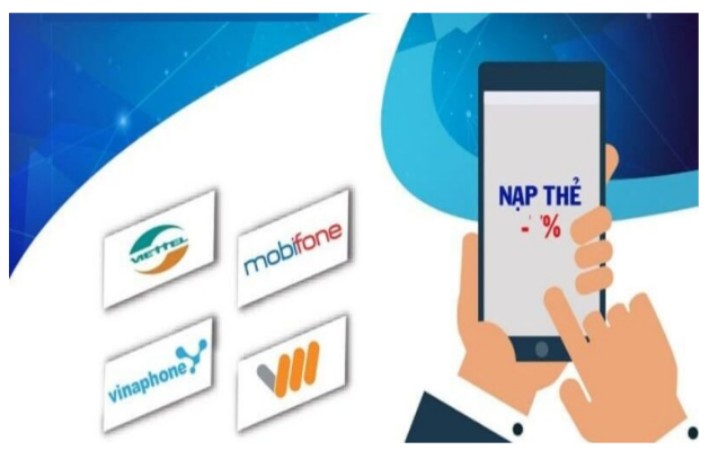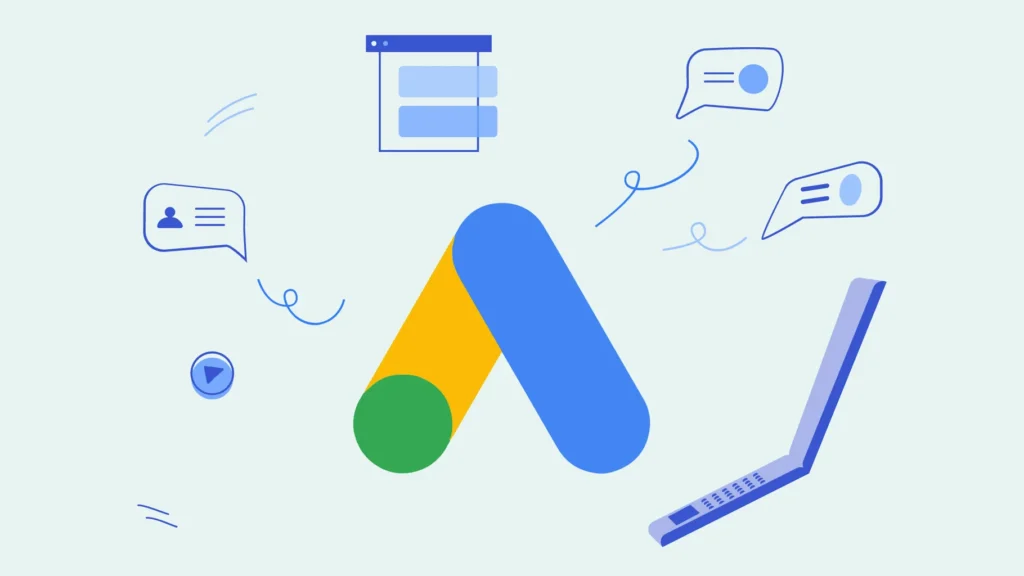
Let’s be honest: If we’re still relying on third-party cookies to track our marketing, we’re probably already behind the curve. We all know about cookies — those little bits of data that follow us around the internet, telling marketers what we like, what we click on, and even what we buy.
But here’s the kicker — third-party cookies are dying. Browsers like Safari and Firefox have been blocking them for years. Google Chrome, which runs on more than half of the world’s browsers, is finally on board, planning to phase them out by the end of this year or next. It’s a big deal.
So, what does this mean for marketers like us? It means that the old ways of tracking who saw our ads and who bought what just won’t cut it anymore. Enter cookieless tracking. It sounds like tech jargon, but it’s really just the new way we have to keep tabs on our marketing, without the creepy feeling of spying on people.
Why Did Cookies Become Such a Big Deal in the First Place?
Cookies helped us answer questions like: Did that Facebook ad bring in a sale? Which Google ad led to the most sign-ups? They were the bread and butter of digital marketing measurement for over a decade.
But people started to notice they were being followed everywhere online, which, honestly, feels invasive. Nobody wants to feel like Big Brother is watching their every click. That’s why privacy laws like GDPR in Europe and CCPA in California came into play. Plus, browsers started blocking third-party cookies by default. It’s all about giving control back to users.
If we haven’t thought about this yet, it’s time to start. Because the marketing world is changing fast.
So, What Exactly Is Cookieless Tracking?
Think of it like this: If cookies are little crumbs we leave behind, and those crumbs are disappearing, what do we do? We find a new way to track our customers — one that respects their privacy but still lets us see how our marketing is working.
Cookieless tracking is about using data we own — called first-party data — like info collected on our website or app. It also means using server-to-server connections where our backend talks directly to the tracking system, not relying on the user’s browser to pass information.
There are other fancy ways, too, like using aggregated data and privacy-safe identifiers, but the key is: no spying, no sneaky tracking. Just smart, respectful measurement.
Why Should We Care?
Imagine this scenario: We pour thousands of dollars into an ad campaign, but we don’t really know if it’s working. Why? Because the tracking tools fail without cookies. We might keep spending money on ads that don’t convert or miss out on channels that actually do.
That’s a recipe for disaster. Cookieless tracking helps us keep the lights on, so to speak. We get reliable data to make smart decisions and optimize our campaigns.
Plus, consumers today care about privacy more than ever. When we show respect for their data, it builds trust, and trust leads to loyalty and repeat business.
How Does Trackier Fit Into This?
Now, switching to cookieless tracking sounds tricky. But it doesn’t have to be. That’s where platforms like Trackier come in.
Trackier has been ahead of the curve, building solutions that work without relying on third-party cookies. They use server-to-server tracking to make sure we get the conversion data we need, even if cookies are blocked or deleted.
They also do multi-touch attribution, which means they don’t just give credit to the last click but consider all the ads and touchpoints that helped a customer decide. That’s crucial because customer journeys are rarely just one step.
And here’s another bonus: Trackier’s fraud detection stops fake clicks and fake conversions from eating up our ad budget — something that can get worse when tracking methods change.
One client we know was struggling with lost data and couldn’t tell which campaigns were effective. After switching to Trackier, their data accuracy jumped back over 95%, and suddenly they could optimize their campaigns with confidence again.
What Can We Do Right Now?
Look, the cookieless future is here, whether we like it or not. But we don’t have to panic. Here are some quick steps to get us moving in the right direction:
- Take stock of our current tracking: Figure out how much we rely on third-party cookies and where we might lose data.
- Start collecting more first-party data: Encourage customers to create accounts, sign up for emails, or interact on our site. This data is gold.
- Switch to a cookieless-ready platform: Seriously, check out Trackier or others who have already built for this future.
- Be upfront with our customers: Clear privacy policies and consent management go a long way in building trust.
- Keep testing and learning: Look at our campaign data carefully and tweak things as we go.
Final Thoughts
The cookie isn’t broken — it’s just changing shape. Cookieless tracking might feel like a headache now, but it’s also an opportunity to build smarter, privacy-friendly marketing strategies that work long-term.
If we want to keep growing our business and not waste ad spend, embracing cookieless tracking isn’t optional anymore. Platforms like Trackier make that transition easier than we think.
So let’s not wait. Let’s start experimenting today, and our future selves (and budgets) will thank us.




